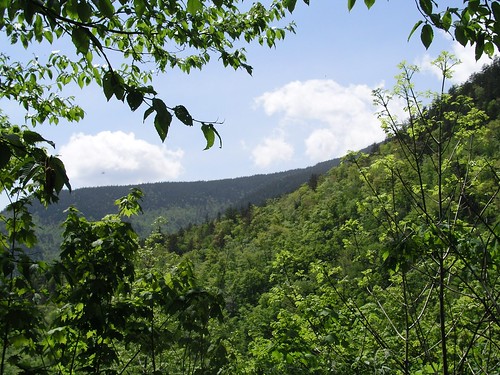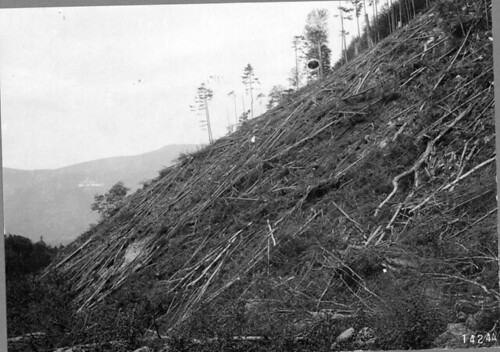
The Weeks Act, which went into effect on March 1, 1911, has been identified as one of the most important pieces of environmental legislation in American history.
In the early 1900s the public began to embrace a more proactive attitude toward conserving public lands. Just the year before, in 1910, Gifford Pinchot started the Forest Service. Before the Weeks Act, lands set aside for conservation were all located in the West and were created from large blocks of land in the public domain. Millions of acres of bare, eroded lands dotted the Eastern states from cut-over and farmed-out lands. In the West, the epic wildfires of 1910 fueled support for the Act.
The most poignant element of the Act was that it gave the federal government authority to buy private lands in the East to establish publicly-owned forests. This provided both immediate and long-term benefits: the immediate protection of eastern watersheds from further development; the creation of a long-term effort to restore forests on public lands; and the beginning of new federal-state cooperative partnership responsibilities to protect these lands from intense and damaging wildfires.
The Act’s natural resource conservation success has been profound: it designated 52 national forests in 26 Eastern states and mandated conservation ethics on some 20 million acres of national forests and grasslands across 41 states and Puerto Rico. Today, 80% of the 155 national forests are comprised of lands acquired through the Weeks Act, sustainably managed for a wide variety of conservation purposes.
The impact of the Weeks Act is still strong today. America relies on the treasures their forests provide, including clean water, wildlife habitat, recreation, forest products, and a wide range of goods and services. The conservation successes of historic partnerships that created many of our beautiful national forests are an integral part of how the Forest Service continues to do business.
The Act has a rich legacy, and the Forest Service remains committed to the tenets of its conservation core and values. The results of the Act support local economies and communities and broad tourism and recreation business sectors, and will extend our natural resource heritage far into the next 100 years.


